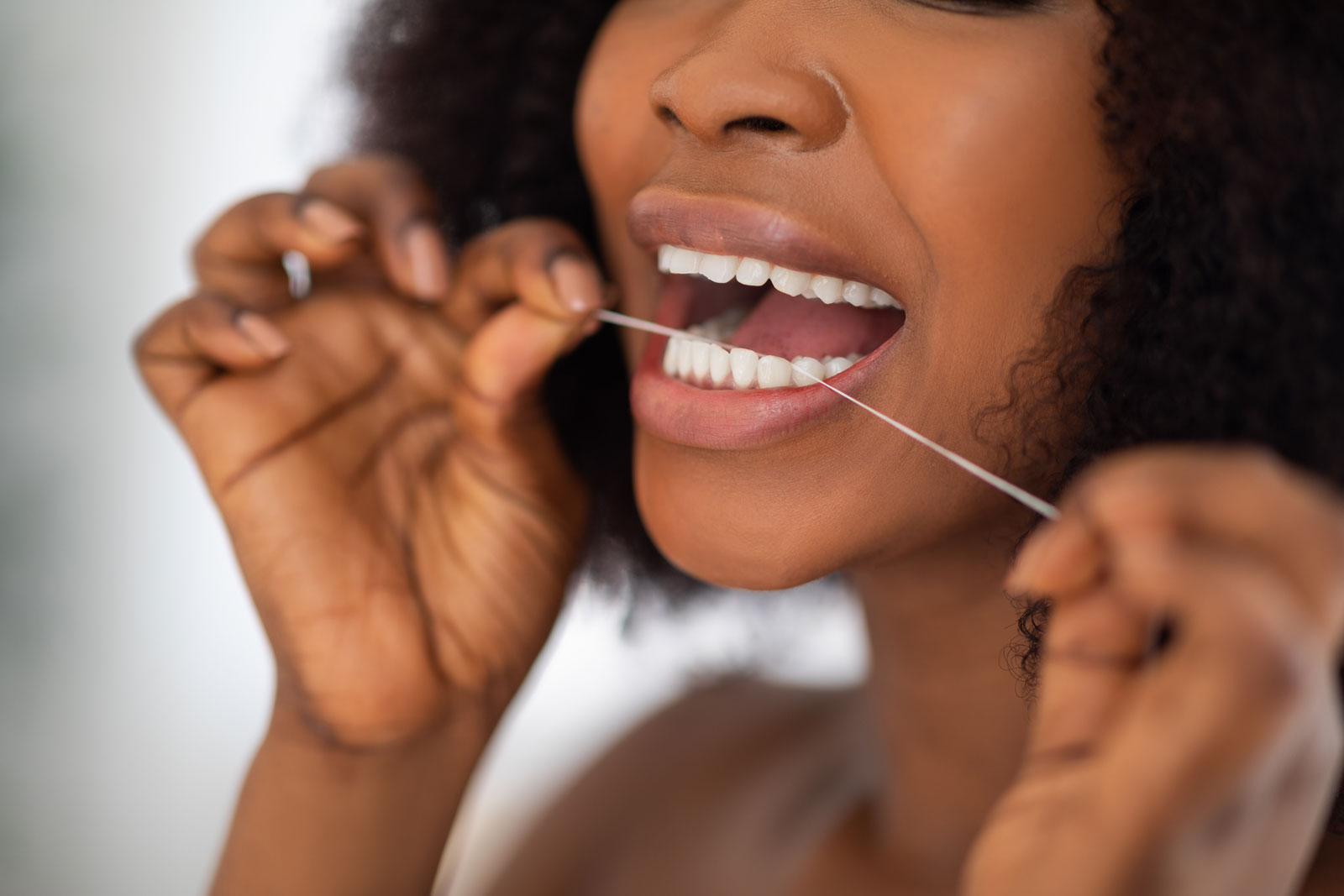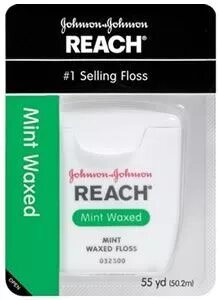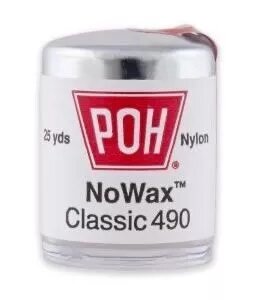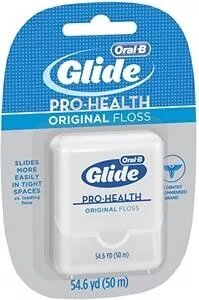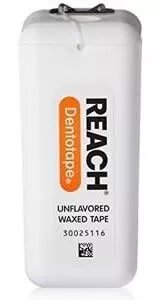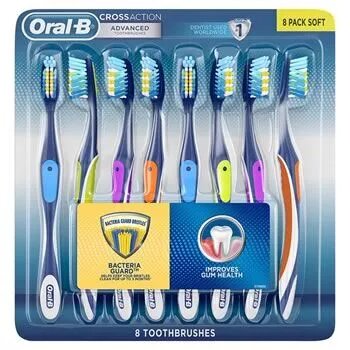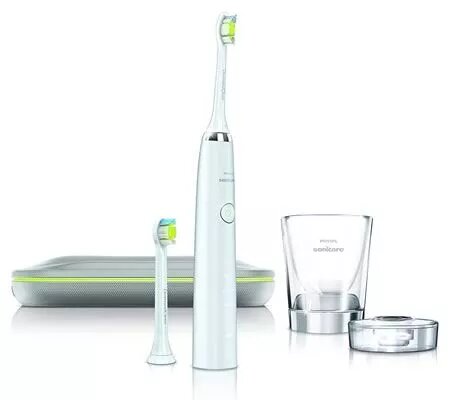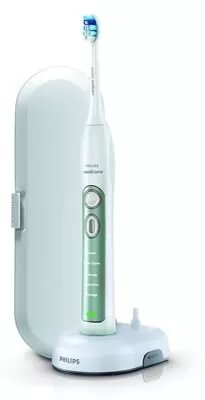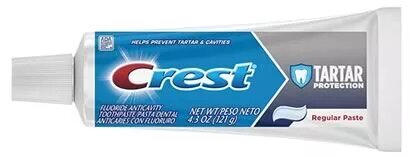- Whitening agents which are either abrasive or enzymatic which remove surface stains. Examples include calcium carbonate, dehydrated silica gels, hydrated aluminum oxides, magnesium carbonate, phosphate salts, silicates and peroxide – both hydrogen peroxide and carbamide peroxide.
- Xylitol – This natural sugar alcohol may be used alongside fluoride or instead of it to help reduce the harmful effects of plaque. Current research is insufficient to support any official statement promoting the cavity preventive effects of xylitol in toothpastes.
- Sodium lauryl sulfate and sodium N-lauryl sarcosinate help increase the solubility of plaque during brushing. Toothpastes with sodium lauryl sulfate (“SLS”), a foaming agent in toothpastes and mouthwashes, also increase the recurrence rate of canker sores in some susceptible individuals.
Remaining inactive ingredients prevent water loss, increase the solubility of plaque, stabilize the toothpaste formula provide flavoring and create foaming action.
I hope this has been helpful. If you have questions or comments please reply. There’s more: see my tips on selecting more oral hygiene products: mouthwash, oral irrigators, tongue scrapers and dental picks & sticks.

